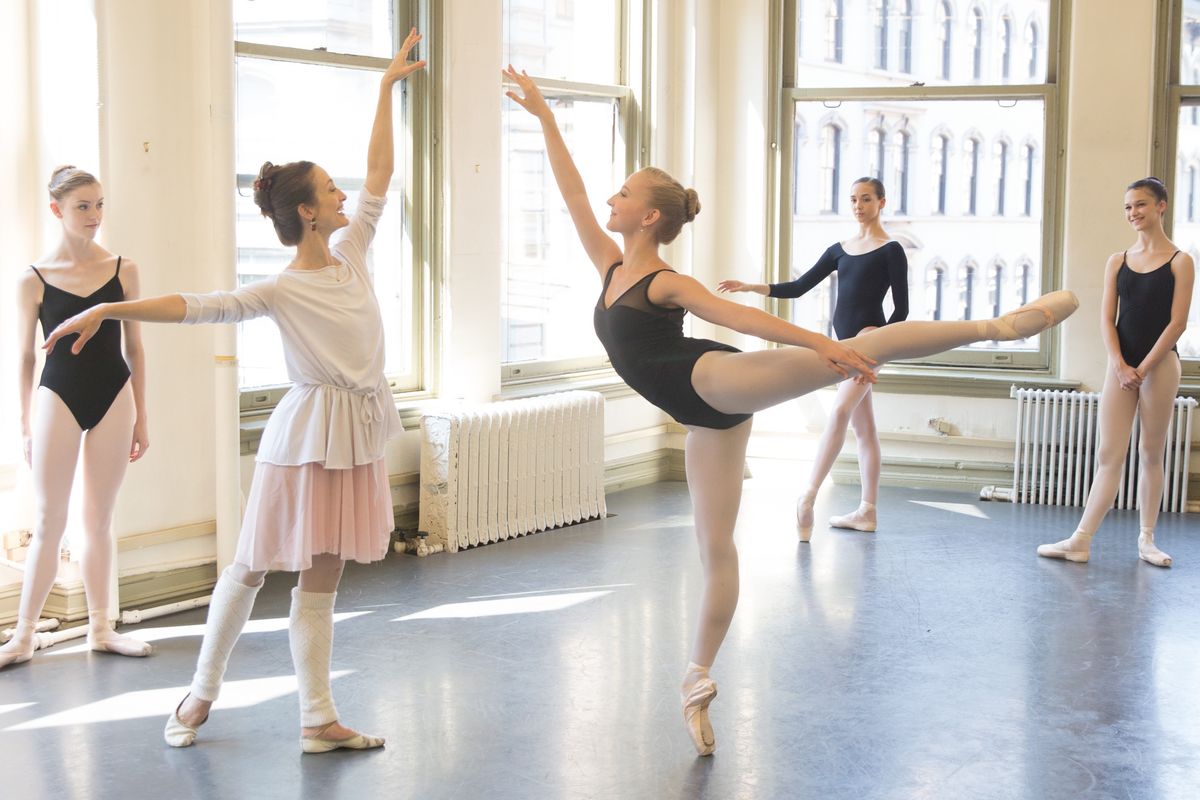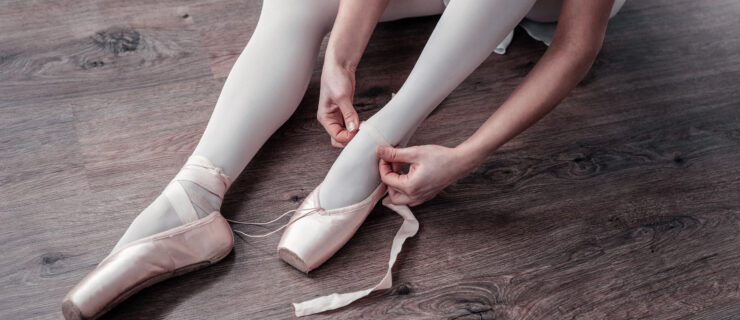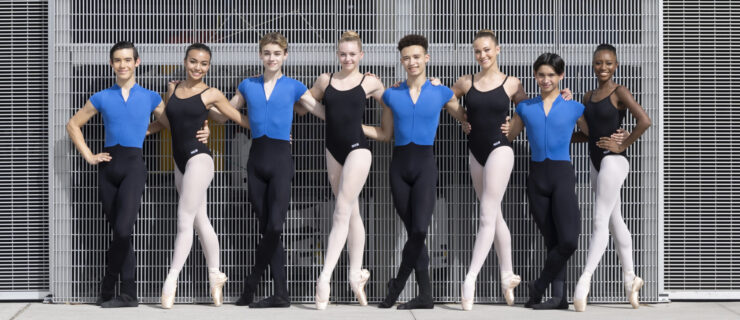In Defense of Patience: Julie Kent on the Labor and Reward of Becoming a Dancer
When I was about 10, I auditioned for New York City Ballet, to be in their Harlequinade. I got to the final round and then wasn’t selected. Of course I was disappointed, but my mother just said, “Julie, your time will come.” And I think understanding that is a part of growing up.
As a young dancer, you’re wondering what your life is going to be. Especially as you become a teenager, people are asking you “What are you going to do?” and you’re asking yourself the same thing. The reality is, it’s a beautiful unknown. It’s an exquisite mystery. You have to embrace that and understand that you don’t know—nobody knows—and as soon as a decision’s made, whether it’s an audition or an acceptance letter from a university or a job that you land, the work begins in a whole different way.
When I talked to young people at American Ballet Theatre’s summer program when I was teaching, I liked to start conversations about the artist’s pursuit. What I love so much about being a dancer is that every day, all of us start in first position, and we build on what we’ve accomplished the hour before, the week before, the year before, the performance before. We’re in a constant pursuit of beauty, musicality, clarity, specificity, power, delicacy—you can fill in the blanks endlessly. And if you embrace the notion that it is an endless pursuit, you eliminate a lot of frustration. It’s not that what you did the day before wasn’t good enough. It’s that you’re building on it and you’re always moving forward.
In the summer program, I said, “Don’t try to accomplish in one week what you have five weeks to do.” You need to find your goal and make a logical trajectory to achieving it. Every day you’re making progress. Some days you might make giant leaps of understanding, some days it might be baby steps, some days maybe your feet don’t move at all, but in your mind you’re looking forward. It’s still progress.
Mikhail Baryshnikov gave a commencement speech a couple of years ago. He said, “In my opinion, ‘better’ is something more interesting than ‘best.’ ” Having watched him as a young dancer for five very formative years, I saw in him very clearly that pursuit. He was and arguably still is the greatest star in our art form, but he was always a servant to his art, always looking for more sophistication or clarity.
 Kent teaching at ABT. Photo by Rosalie O’Connor, Courtesy ABT.
Kent teaching at ABT. Photo by Rosalie O’Connor, Courtesy ABT.
When I was a young dancer, there was no internet and no cell phone communication. There was less pressure and less distraction. Now, there’s such demand to have a high social profile on Facebook or Instagram, to be tweeting, to be Snapchatting—whatever is the thing of the moment. But with social media, you have to keep in mind that nobody’s going to post a picture of what they really look like at every single moment of the day. What you post are the beautiful shots—it’s publicity. It’s images of dancing; it’s not really dance. And so it has very little to do with the process of dancing. The work is still the work, and at the end of the day, the work is what you have left, and is both your labor and your reward.
The heart of it is the intention. The stage is a great revealer—it’s hard to cover your intentions when you’re performing, because you’re revealed for who you are. If you want to be a star, then you should set about ways to become a star. And that’s a whole different thing than becoming a dancer. Wanting to embrace a lifelong pursuit of an art form is different than wanting 300,000 followers on Instagram. You can do both, but the work should speak for itself, and it will reward you with something that is irreplaceable, and far deeper and longer-lasting than if you’re just pursuing fame.
There are a lot of wonderful role models today. Look at Stella Abrera—talk about patience and perseverance. Her focus was not solely on becoming a principal dancer, but was a bigger commitment to delivering excellence in every performance. There’s nobody with a more stellar work ethic, which along with her talent, patience and focus, propelled her promotion. Isabella Boylston is very vibrant on social media, but she’s also committed to being a well-rounded dancer and ballerina. Marcelo Gomes is so much about the work, but he’s also very much a star.
When I auditioned for ABT and Baryshnikov offered me an apprentice contract, I thought, Wow, this is happening, and when he offered me my full contract in the corps, that was it. But until that moment, I didn’t know that I was going to have this career. I was a ballet student who loved it and was doing well. I was managing my academics and my ballet studies, my mom driving me to ballet class—just like so many other young dancers. And then that moment came and really changed the direction of my life.
You don’t become a ballerina in one show or one season or one week. It’s a journey. You work towards the goal and the harder you work, the bar raises. And then over a period of time, you’re able to look back to see where you came from.
Working hard, being disciplined and focused, loving what you do—all these things that are a natural part of being a dancer—will equip you with the tools to make a contribution to the world and be successful. Do you want to dance? At the end of the day, that’s what it is. Get to the heart of what your work as a dancer means to you and then start pursuing it.





